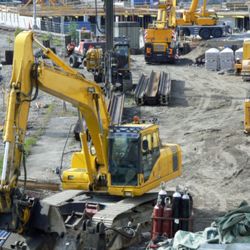If you've ever cared for a toddler or young child for more than a minute or two, you've probably noticed that they seem to be drawn like magnets to potential hazards. Children's well-known propensity for putting themselves in harm's way is at the heart of attractive nuisance laws, which strive to protect our smallest humans from their own curiosity.
An attractive nuisance is an object, structure or condition that is both dangerous and irresistibly inviting or intriguing to children. Under attractive nuisance law, a landowner can be held responsible if a child is injured by an "artificial condition" on the landowner's property and all five of the following criteria are met:
Advertisement
- The landowner knows (or should know) that children are likely to trespass on the property.
- The condition on the property has the potential to cause death or serious bodily harm to children.
- The children involved are too young or inexperienced to understand the risk presented by the condition.
- The benefit of maintaining the condition or the cost required to remedy the condition is minimal compared with the risk to children.
- The landowner fails to take reasonable measures to eliminate the danger posed by the condition.
Courts apply these principles on a case-by-case basis, so the same condition considered an attractive nuisance in one case or by one court may not be in another.
Confused yet? We'll try to clear things up. Read on to learn the origins of attractive nuisance laws and see examples of the 10 most common attractive nuisances.













